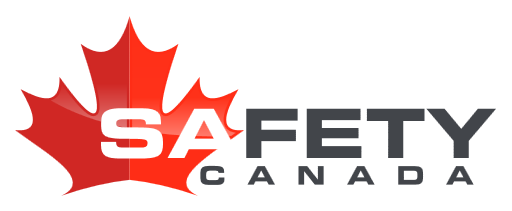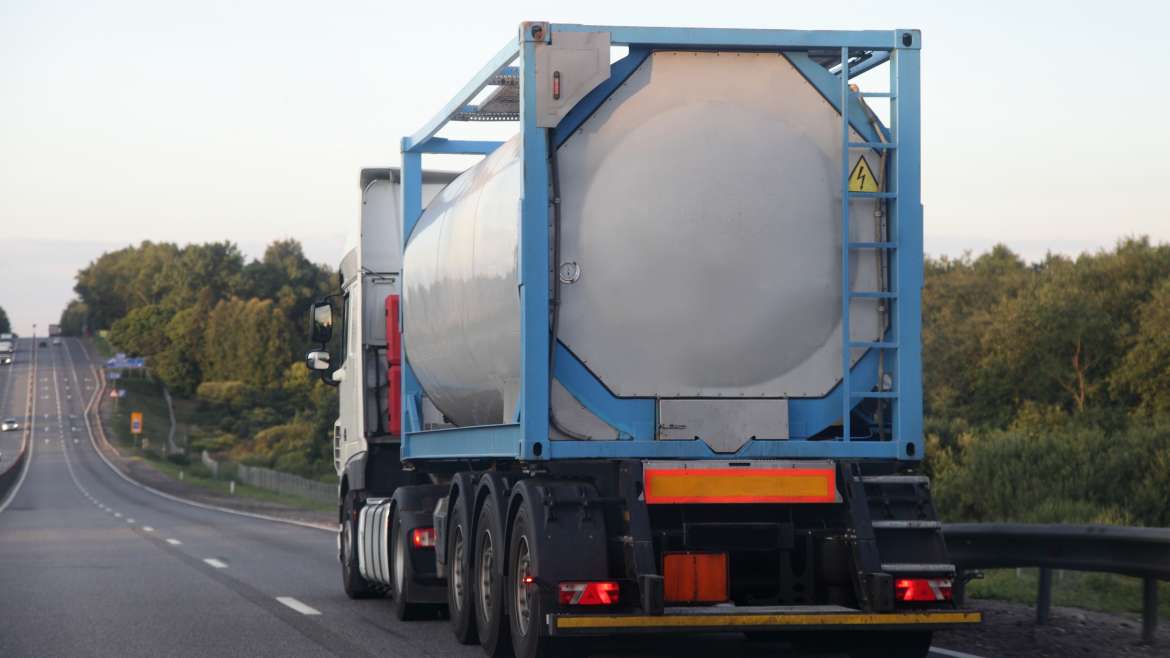Millions of tons of dangerous goods are shipped across Canada every year, with many passing through or arriving in Alberta. These dangerous goods are used for a variety of things from pesticides, to medical equipment, the oil and gas sector, and almost every other industry. The value of these goods provides Canadians with a higher quality of life, but are not without their risks. The next five sections will outline the safety and preparedness surrounding the transportation of dangerous goods (TDG).
1. Classifications
Dangerous Goods can be split up into nine different classifications. These include:
Class 1 – Explosives
Class 2 – Gases
Class 3 – Flammable liquids
Class 4 – Flammable solids
Class 5 – Oxidizing substances
Class 6 – Toxic/Infectious substances
Class 7 – Radioactive
Class 8 – Corrosive
Class 9 – Miscellaneous
These classifications can have sub-categories that can provide more specific information on the products being shipped. For example, Class 2.1 (Flammable gas), 2.2 (non-flammable gas), 2.3 (toxic gas). While all of these are examples of gases being shipped, each has unique components that determine risk value.
2. UN Numbers and Standards
A number is assigned to each dangerous good in transport by an expert United Nations (UN) committee. These are four-digit numbers that identify threats and risks associated with the dangerous good in transit. The standard identification method is a placard that displays the UN number, hazard classification, and a pictographic of the hazard. For instance, gasoline is shipped with a red placard that has the UN number “1203” in the middle, the number “3” at the bottom (identifying the classification as a flammable liquid), and a pictographic of a fire at the top. These placards make it easily identifiable in case the dangerous good were to be exposed in transit.
3. Legislation
In Canada, the transportation of dangerous goods is governed by both federal and provincial legislation. The Government of Canada has the Transportation of Dangerous Goods Act, 1992 which serves as the governing law for goods being transported, in, out, and across Canada. Alberta accompanies this law with its Dangerous Goods Transportation and Handling Act, which provides more specific guidelines for the handling of dangerous goods in the province.
4. Response tools
The Emergency Response Assistance Plan (ERAP) is a specific plan developed by stakeholders to describe the necessary steps if a dangerous good were to be released in transit. This is used in conjunction with the Emergency Response Guidebook (ERG 2016), a playbook for first responders that outlines precautions, handling, and health and safety measures of every dangerous good in transit. These resources are fantastic tools for keeping the public safe and identifying possible risks.
5. Lead agencies
The Emergency Management Act of Canada identifies the local municipal fire department as the lead agency when dealing with a disaster. However, when dealing with a release or spill of a dangerous good on rail, air, road, or sea, Transportation Canada must also be notified. In Alberta, Alberta Transportation will work with the fire department as a unified command to establish a quick resolution to the event.
Dangerous goods play a vital role in the modern-day world. It is of utmost importance to safely identify dangerous goods, communicate effective response plans, and take the necessary precautions to mitigate potential risks. TDG is a full spectrum that incorporates everyone, including suppliers, manufacturers, consumers, first responders, communities, and transportation contractors. It is everyone’s responsibility to safeguard human life, the environment, property, and the economy.




